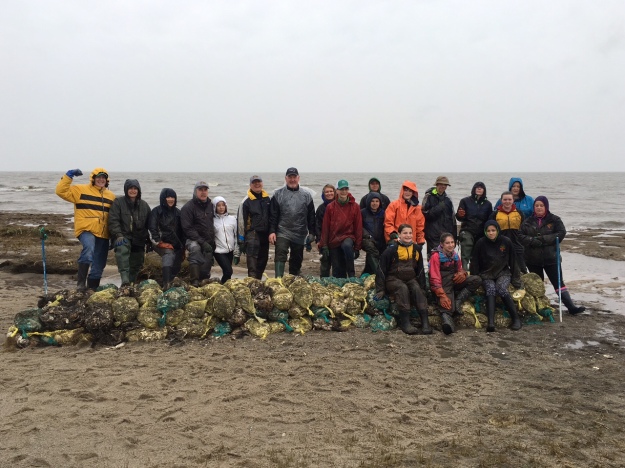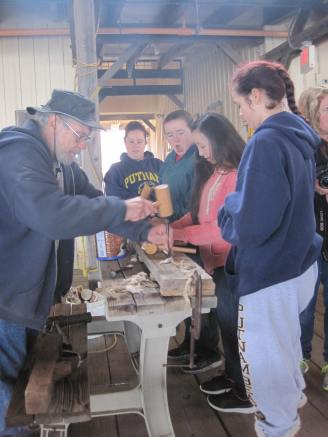While Ed Sullivan was introducing a group of ‘beetles’ to the United States back in 1964, there is another group of beetles that were already thriving here. And even though their ‘band’ had begun to break up in the late 1980’s, it seems that they are slowly making their way back into the spotlight with the help of dedicated fans. The puritan tiger beetle (Cicindela Puritana) has been listed as a ‘threatened’ species since 1990, and since 1993 great efforts came underway to help in the recovery process for this tiny species. Once thriving throughout its historic habitat in the Connecticut River watershed from Vermont, New Hampshire, Massachusetts, Connecticut, and areas in Maryland throughout the Chesapeake Bay, this species has been reduced to two primary locations: the Chesapeake Bay and single, isolated populations in Connecticut and Massachusetts.

The puritan tiger beetle has been named for their behavior in how they catch their prey, by running it down and capturing it with long, powerful mandibles (jaws). Photo: Sue Wojtowicz/USFWS
Why Such Big Efforts for Such a Small Creature?
Since the enactment of the Endangered Species Act in 1973, many wildlife species have been placed on a list that categorizes them as either threatened or endangered. The U.S. Fish and Wildlife Service is dedicated to protecting all species on that list, which includes the puritan tiger beetle; and the Service has established recovery efforts that will bring some hope for this small species. To do this, a team of scientists, students, and volunteers alike have come together to help maintain remaining populations from disappearing forever. This summer, students and volunteers will be surveying the two isolated populations along the Connecticut River in Connecticut and Massachusetts, and one new site in Vermont in hopes of releasing more Puritan Tiger Beetles back to the wild.
The puritan tiger beetle is no different than any other species that are important to their habitat. They, too, are part of the same ecosystem that we as humans should strive more to coexist with. But to coexist with a species less than 1 inch in length can be challenging if people do not know they even exist. That is where the dedicated conservation team comes in – as they establish baseline ecological research, they’re also spreading the word about the beetle, which is increasing curiosity among the public. By showing people some of the hands on work being done in the field, and gaining the knowledge of where the beetles live, what they eat, and how they populate new habitat the conservation team will play a big part in understanding how beetles and humans can coexist together. Watching students and volunteers talk about the puritan tiger beetle recovery project to the public brings out the wildlife enthusiast in anyone, and to observe them in action together with the beetles in their habitat is to observe a conservation milestone in the making.
Please stay tuned to our next puritan tiger beetle blog post – where we focus on the members of the conservation team.














